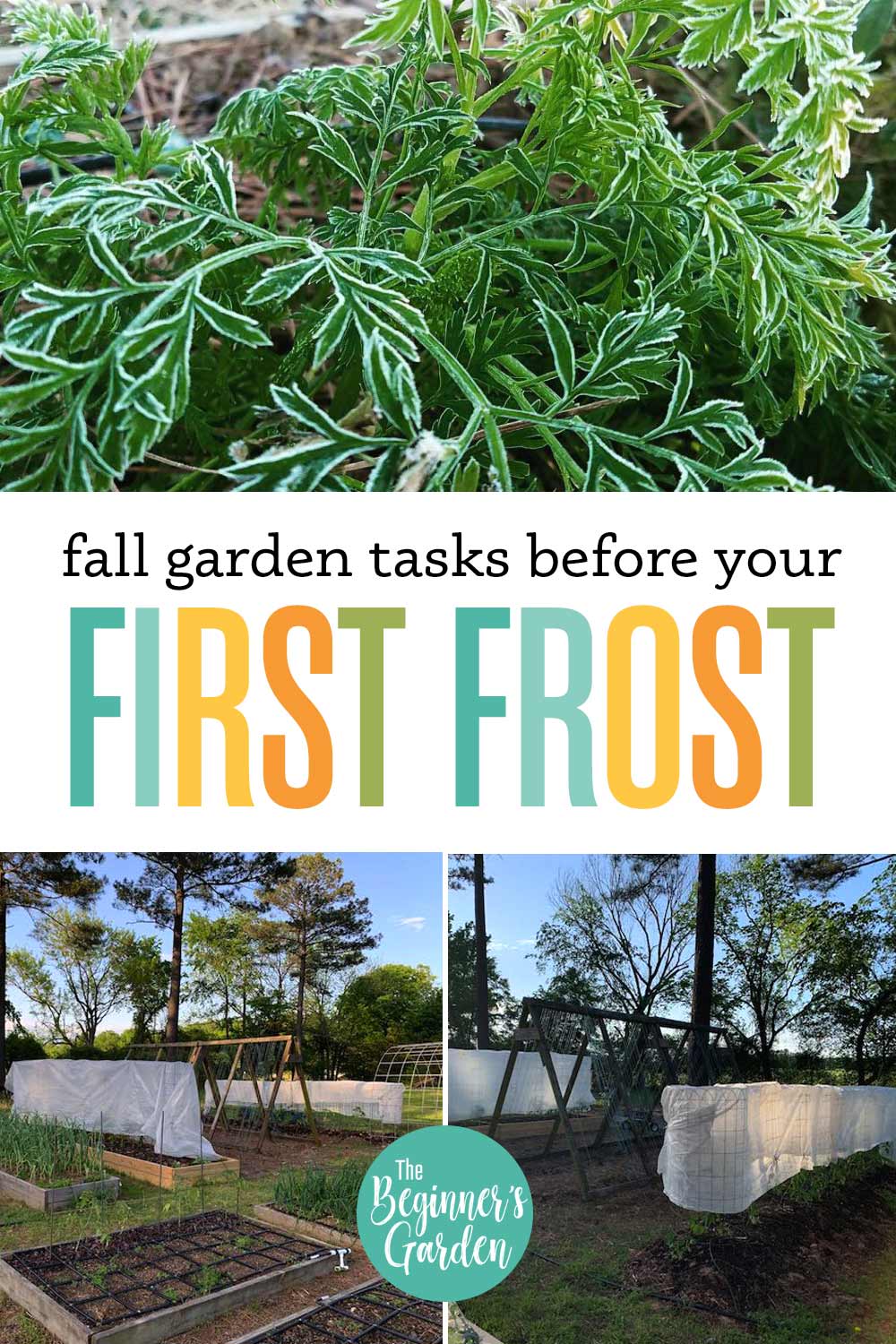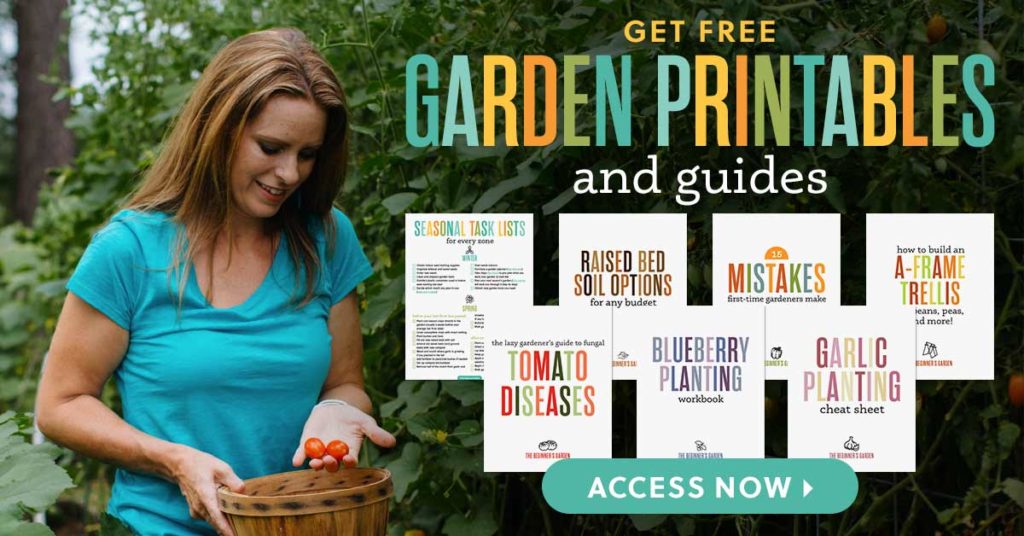Fall Garden Tasks to Do Before Your First Frost
We are closing in on the time of year where we will soon begin to feel the cooler temperatures in the morning and know that fall is on its way. If you live in a temperate climate with a marked winter season, you know that the first fall frost will be coming soon.
What does that mean for your garden? Before you head inside for the season, there are a few tasks to do. These tasks will make the most of the harvest you still have while preparing the way for a flourishing subsequent season.
What is a Fall Frost?
Your average fall frost date depends on your climate and where in the country you are located. You can find this info here for your specific location by your zip code. This is when your average lows usually dip into the 30’s and close to freezing. Most all of your summer crops will die off at this point and only frost tolerant, cool season crops will be left.
With this in mind, the tasks below are those that I recommend doing about a month before your anticipated first frost. There’s a lot to do when cleaning up the garden for fall.
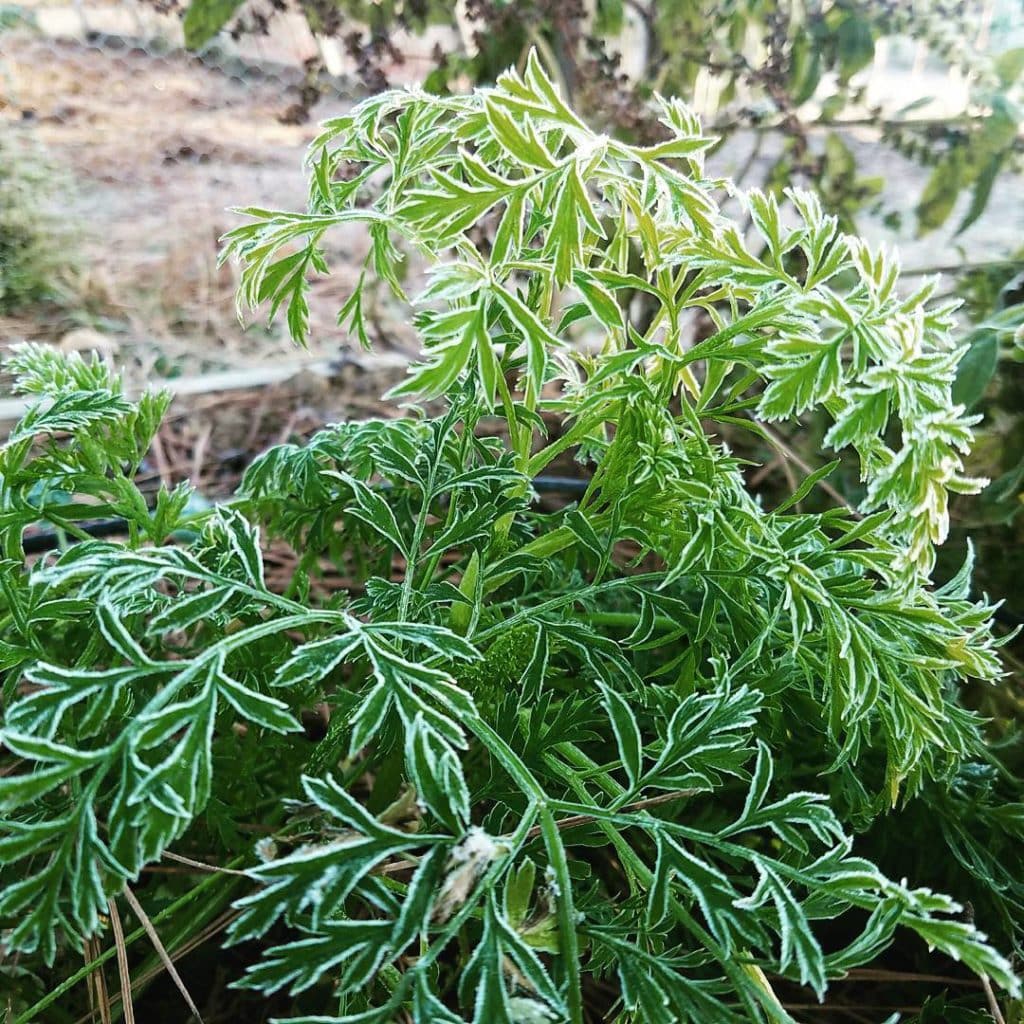
Prune (Top Off) Tomatoes
This may seem like an odd chore for a fall garden list but if you still have tomato plants that are producing fruit, it’s worth it. This is especially important if you have indeterminate tomatoes that still have fruit on the vine. Cutting the top off the vine, right above where the tallest green fruit is located, will make the plant turn its focus onto ripening the tomatoes that are left on the vine. This will hopefully give you a bumper crop of tomatoes before frost kills the plant.
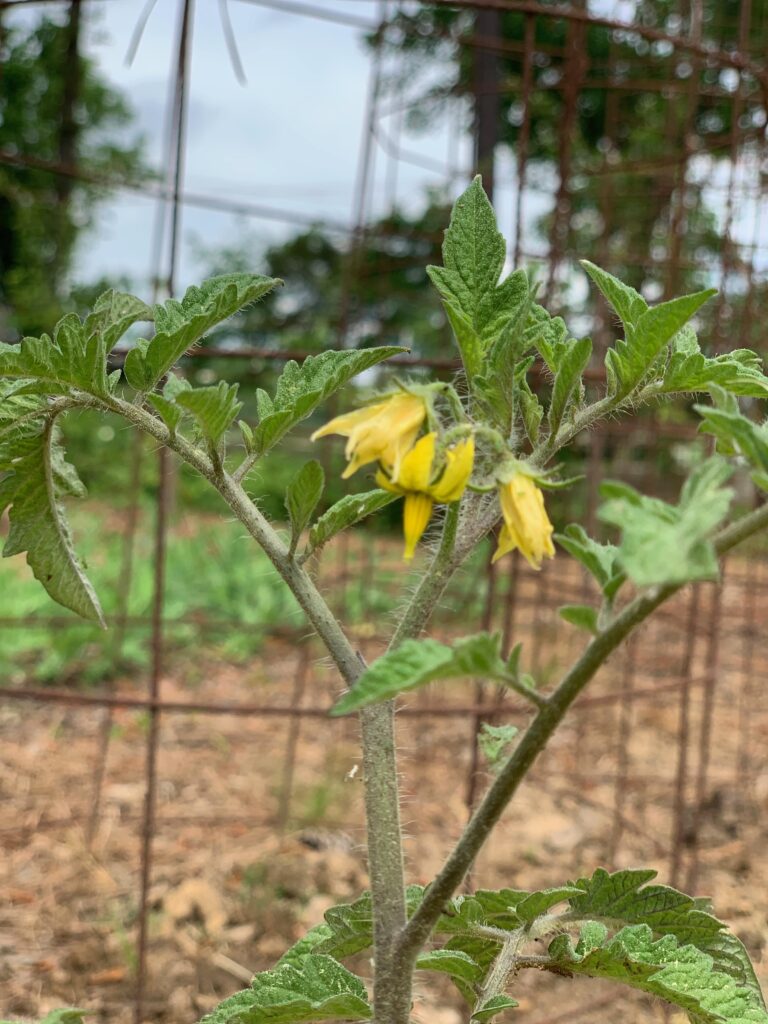
Add Compost to the Garden
I don’t know about you but I am a lazy composter especially in the summer. I tend to throw all my garden debris into a pile as I have it.
What you’re left with then is a pile with broken down compost at the bottom and bigger pieces at the top. What I will do at this point in the season is add the bigger pieces to a compost tumbler or separate compost bin to continue decomposing over the winter.
The smaller, more decomposed blend (even if it’s not completely broken down) toward the bottom will get added to my ground beds or raised beds in the fall. The benefits of adding semi-broken down compost to the fall garden are numerous:
- New organic matter will continue feeding beneficial microbes in the soil as they break down
- Summer seeds that did not die off in the composting process will sprout but then die in a freeze
- The compost will have a chance to blend with soil naturally prior to planting in the spring
This easy process has resulted in great harvests for me the following year.
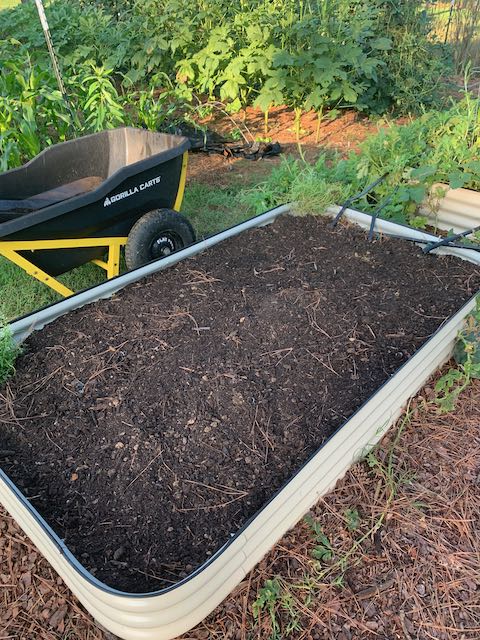
Harvest Basil
I like to harvest all of my basil before the threat of frost comes. Usually I will try to get it done before the lows get into the 40s at night because sometimes the basil can be affected by the cooler temps even if they don’t get down to freezing.
I dehydrate basil for use year-round and also make basil pesto and freeze it. Note: if your basil has gone to flower, this will not yield as great of a final product. Once a basil plant starts to flower, the quality of leaves declines. Still, if it’s all you have, it’s worth getting some!
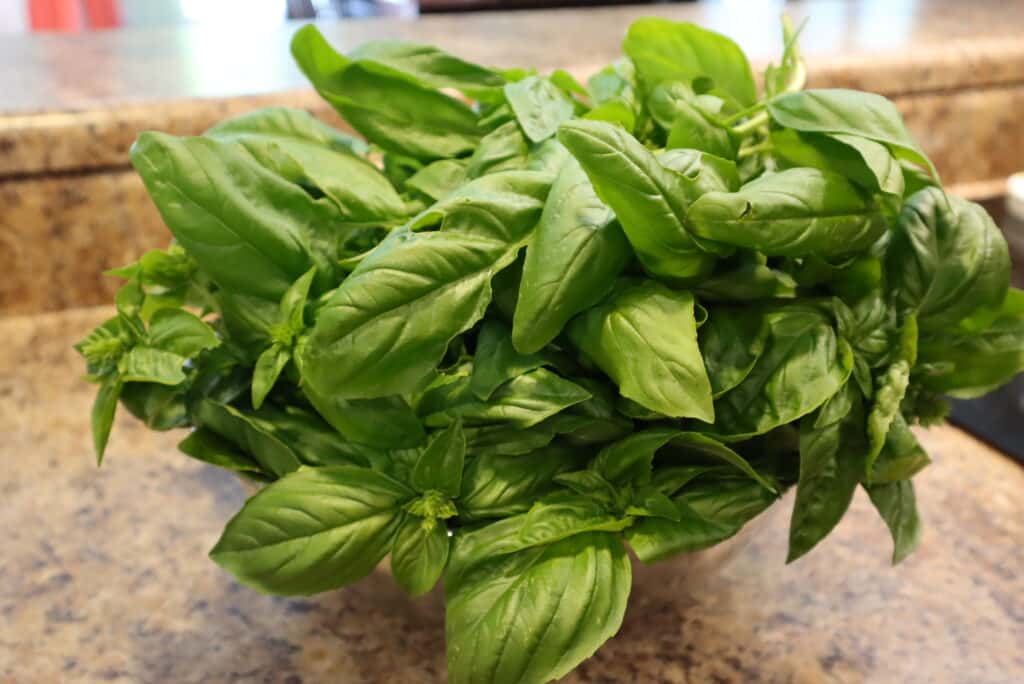
You can also take cuttings of the plant and root them inside for fresh basil all year long. While I have never done it myself, I think it’s a great way to bring fresh garden elements into your home (and your kitchen) all year long.
Prep Garlic Bed
Garlic is the last crop to plant in the season, and most of the time we want to plant right around our first fall frost, if not a few weeks before or after (garlic is forgiving). But, before planting, the location needs to be prepared.
First, you need to decide where you want to plant garlic. Consider that this space will house your garlic crop up until the mid-summer depending on where you’re located. (I harvest garlic in June.)
An ideal location to plant garlic is a bed that has crops growing in it that are not frost tolerant. Since garlic is usually planted right around your average first frost date, this works out well. After pulling out the crops currently growing in the space, add a fresh layer of compost — just an inch or two. I have found this works well anytime you are re-planting a bed with new crops.
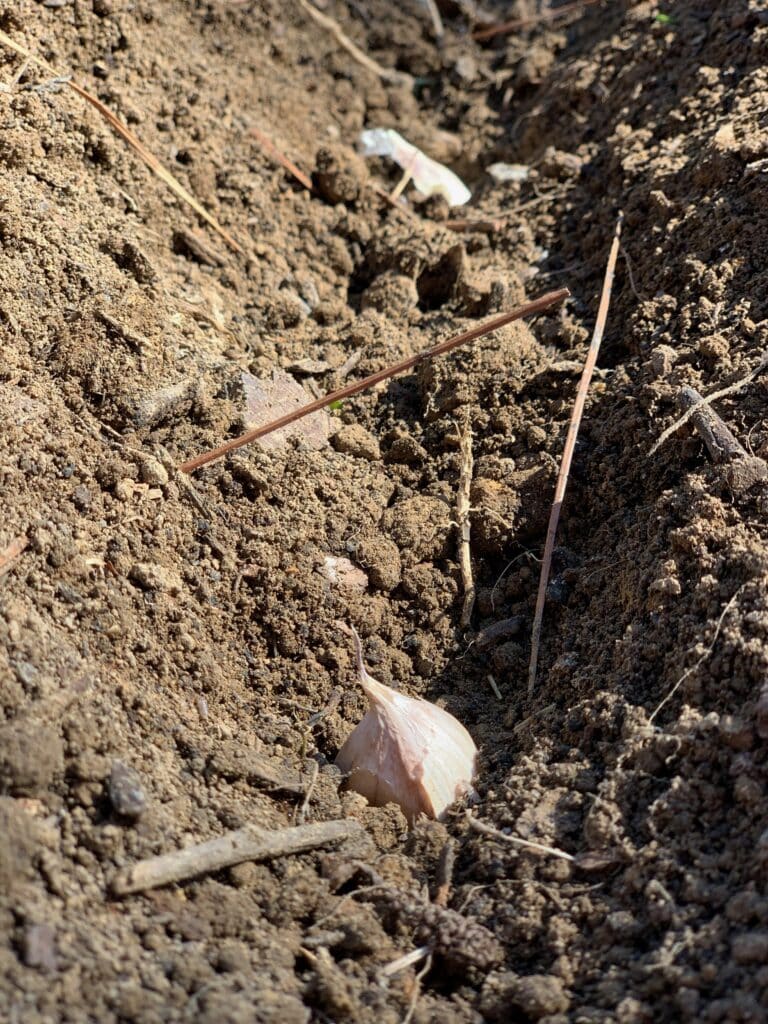
I also like to plant my garlic ahead of a rainfall if I can. This will help the garlic cloves get settled into their new home and irrigate them. Sometimes this can be a last minute decision so I like to prep the space early so that when I see the rainfall on the forecast and it’s close to my average first frost, I am ready to go and plant!
Learn more about planting garlic here.
Harvest Beans for Seed
Whether you plan to harvest beans for eating (dry beans) or for seed saving, they need to be harvested before that first frost arrives. The goal here is allow the pods to dry out completely. You want to catch them before the pods begin to open and drop the seeds onto the ground. This is a great task to do right before the frost comes and takes out the bean plants.
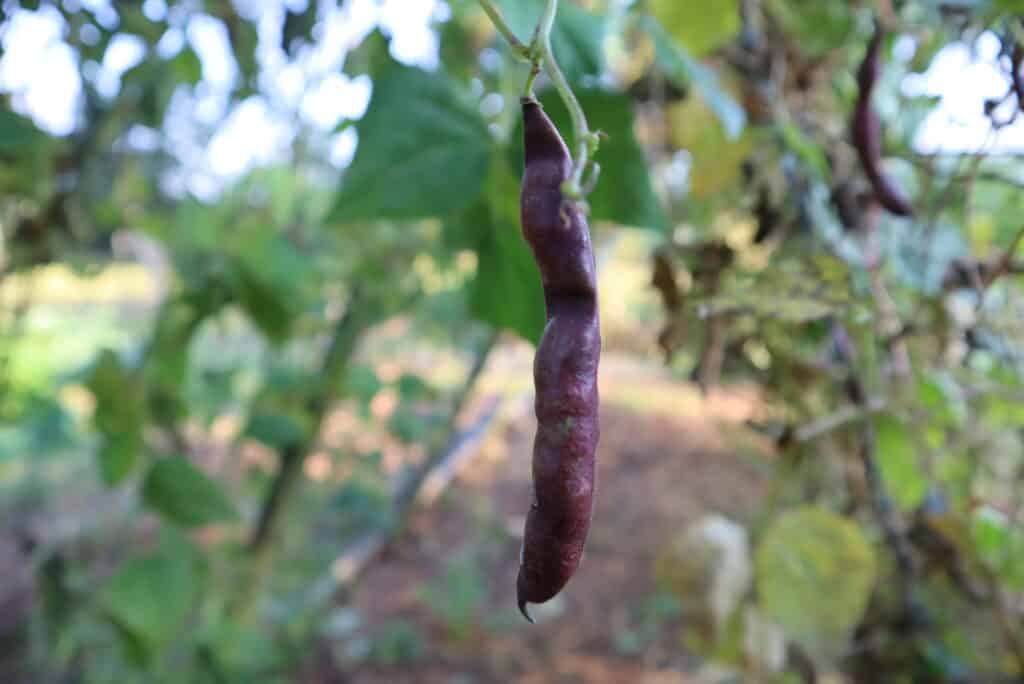
Plant Spinach
This is one thing I love to do about a month before my average first frost. Spinach likes to germinate and grow in the cooler temperatures. I have learned the hard way that if I plant spinach in the early part of the fall when the soil is still very warm, the seeds won’t sprout. Planting later in the fall once temperatures have cooled slightly will help the seed to germinate better.
When planted later like this, spinach will grow for a short period of time until the daylight hours dip below 10 hours per day. This is a time when not much will grow but then it will pick back up once the daylight hours begin to get longer. If all goes as planned (and depending on your climate) you will have a fresh crop of spinach in the late winter.
In my Zone 7 garden, spinach is often the first crop I harvest — usually in February.
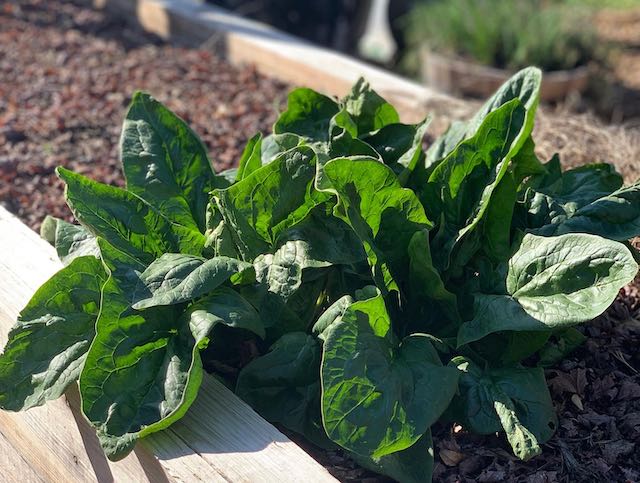
Eliminate Shade
With increasingly shorter days, sunlight is at a premium as we head into the fall months. Often we don’t realize that overgrown crops from the summer can get in the way of our freshly planted fall crops. If you have a plant that is overgrown from summer and could use a trim planted near a fall crop, try to strategically cut out some branches or leaves that will allow more sunlight to those newly planted vegetables.
Even crops, like greens, that tolerate shade, need as much sun as they can get this time of year. Make sure they get as much of it as you can.
Trim Herbs
The second-best time to harvest herbs is about a month before your first frost. (The first is in the spring.) Make a plan to harvest and/or trim any perennial herb that you plan to overwinter outside.
Only trim the plants back by about a third. By doing this about a month before your first frost, this gives the plant a chance to recover before winter sets in. If you do the trim too close to the frost then sometimes it can open up the plant for diseases and stress throughout the winter.
I will also take this time to cut out any parts of the plant that are looking less than great to leave room for the better looking leaves to have room to grow. Once I cut them back, I will dehydrate the leaves for spices and teas.

If you found this list of tasks helpful to get you ready for your first average frost in the fall, then make sure to check out my free download for all the seasonal tasks you can do in your garden year round. Download my free Seasonal Task List here.
Do you get overwhelmed with garden planning?

Subscribe here for my best tips to plan your garden in just 7 days -- all for FREE.
Plus, I'll send you my "In the Garden E-mail" on Fridays, periodic updates on garden resources relevant to you, and you'll receive access to my entire bank of free garden downloads!
You are also agreeing to our privacy policy.

